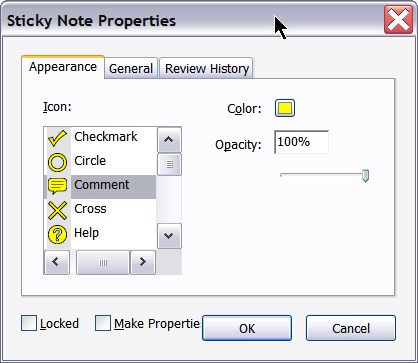

We won't be doing a lot of research in this course, but research will be necessary to find model PDFs and to learn more about the remediation process, especially if specific challenges arise. I recommend brushing up on research skills by practicing searching for terms in Google Scholar and reviewing its documentation, and by going over APA citation style. Ability to identify common digital document formats including Word documents and PDFs.Ability to conduct research using Google or other major search engines.Skills necessary for successful completion of this course include: This course is intended for instructional technology/design staff at a small college who manage online courses and want to learn more about digital accessibility, or implement their own remediation workflows.
HOW TO ADD FONTS TO ADOBE ACROBAT 8 PRO PDF
But, it's a good place to start.Īs a summative assessment, this course asks participants to perform the full remediation process on a model PDF so that it passes Acrobat's Accessibility Full Check tool, test it in a free screen reader, and reflect on their experience. These practices take time to develop, and this module will provide only the first few steps, not a full primer on PDF/UA. Schools that don’t do this may someday find themselves with a massive backlog of inaccessible media and not a lot of time or resources to fix it.

It’s in the best interest of staff and students to get in the habit of making PDFs as accessible as possible before it becomes a legal requirement to do so. The module will also touch on adding metadata to a PDF, embedding fonts, and using Adobe's accessibility checker. Tags are markers added to each unit of content in a PDF-headers, paragraphs, figures, lists, tables, and more-that let screen readers identify the document's reading order and allow visually-impaired users to navigate the document in a meaningful way. The course will focus on the metadata and tagging workflows in Adobe Acrobat Pro. So, when you (or faculty you support) need to place PDFs in an online instructional setting, how do you ensure those PDFs are accessible to all students? This module is intended to equip staff in a small instructional design/technology department with the skills needed to help PDFs meet some basic benchmarks of accessibility drawn from the PDF/UA standard. Even Adobe's support documents on remediation are dense and unwelcoming at best. However, even this is ambiguous, as evinced by the recent controversy over whether the Domino's Pizza website needs to be accessible!Īcademic institutions, especially small colleges with limited funding, face both an absence of clear federal or legal guidelines and a dearth of resources with which to meet recommended standards like PDF/UA. Websites are usually understood to be places of public accommodation. It neither defines exactly what such a “place” is, nor what the standard for accessibility is, nor does it mention PDFs. The law that comes closest to dealing with PDF accessibility is the Americans with Disabilities Act (ADA), which states that all media in “places of public accommodation” must be made accessible. There are no federal laws that set out standards for what makes a PDF accessible.
HOW TO ADD FONTS TO ADOBE ACROBAT 8 PRO DOWNLOAD
Download an accessible PDF version of the course syllabus.Īfter taking this course, you will be able to construct metadata and tag trees for PDFs (Portable Document Format) that are legible to screen readers such as NVDA or VoiceOver and preserve a logical reading order, rendering the PDF accessible.


 0 kommentar(er)
0 kommentar(er)
